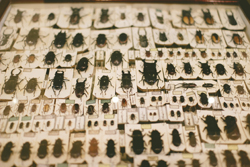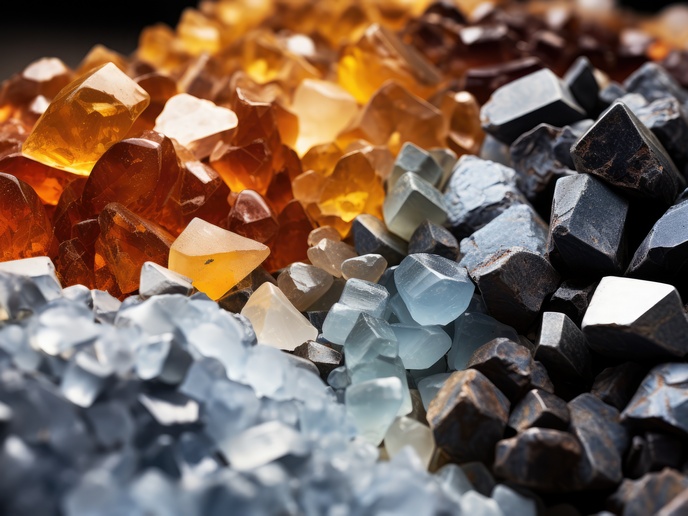Reducing the impact of indoor air quality on museum collections
Museums commonly consider the risks that humidity, light, pollutants and temperature pose for their collections, but rarely consider IAQ. A survey conducted by the EU-funded project MEMORI(opens in new window) shows a general lack of awareness by museums about the dangers that IAQ poses to objects in their collections. In response, MEMORI conducted research on the dangers of IAQ and developed an early warning tool and online system for museums to assess and reduce the impact of IAQ on their collections. The project was coordinated by the Norwegian Institute for Air Research and carried out by 14 partners, 4 subcontractors and an advisory end-user group. Together, MEMORI partners looked at the role that organic acids (acetic and formic) play in accelerating the ageing of organic materials. They performed experiments at laboratories, primarily testing cellulosic material, varnish, pigments (including inorganic pigments), parchments, textiles and leather.Results showed that all organic materials were impacted by their exposure to organic acids, and in some cases even at very low levels. Next, the group looked at the use of absorption materials to reduce the presence of organic acids in enclosures. Priority was given to materials with high absorption rates at a low cost. Data from the above experiments were used to develop new recommendations for tolerable pollutant levels. MEMORI also built on technologies from two earlier EU projects, AMECP and MASTER, to create two devices to measure IAQ. The devices, called dosimeters, are sensitive to indoor climate, light and acidic air pollutants, and come in a permanent and hand-held form. One university partner went further to develop a luminescence-based oxygen sensor to test oxygen in airtight enclosures. Used in conjunction with new online software created by MEMORI, museums can now measure IAQ, evaluate its risk and decide on cost-effective mitigation strategies. MEMORI's work ensures that European heritage will be better protected, preserved and available for public viewing for longer periods of time.







